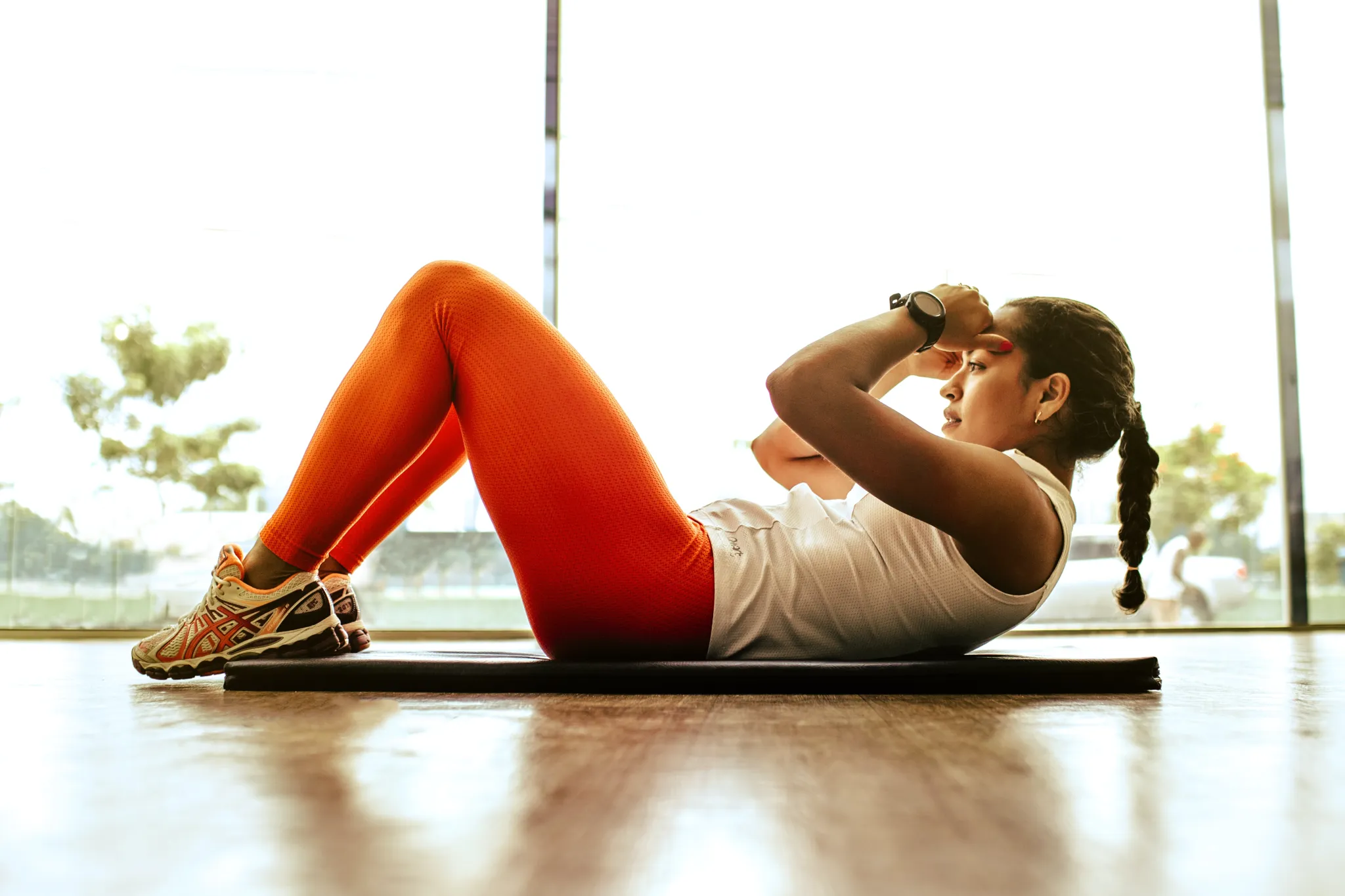How To Do Plank: The Beginner's Guide

The plank is a core exercise that is used to strengthen the abdominal muscles, back, and hips. The exercise is done by lying face down on the floor and propping yourself up on your elbows and toes. From this position, you hold your body in a straight line for a period of time, usually 30 seconds to 1 minute. The plank is a great way to build core strength and stability, as well as improve posture and balance.
How to start?
To begin the plank exercise, start by lying flat on your stomach with your toes and elbows on the floor. Make sure your hands are directly underneath your shoulders and your feet are together. Your elbows should be bent at a 90-degree angle and your torso should be parallel to the floor. Hold this position for 30 seconds to 1 minute and then relax. You can increase the duration of the hold as your core strength improves.
How to do it?
To perform the plank correctly:
-
Start by lying on your stomach with your toes and elbows on the floor.
-
Place your hands directly underneath your shoulders and your feet together.
-
Keep your elbows bent at a 90-degree angle and your torso parallel to the floor.
-
Engage your core muscles and keep your body in a straight line from your head to your toes.
-
Hold the plank for 30 seconds to 1 minute, or as long as you can.
-
To finish, relax and slowly lower your body back to the floor.
Benefits
The plank exercise offers many benefits, including:
• Strengthens the core muscles, including the abdominals, back, and hips
• Improves posture and balance
• Helps to reduce back pain
• Increases muscular endurance
• Enhances coordination and stability
Tips
• Make sure your body is in a straight line when performing the plank.
• Avoid arching your back or letting your hips sag.
• To make the plank more challenging, try lifting one leg or arm off the floor.
• Focus on your breathing and try to take slow, deep breaths.
What are the benefits?
The plank can provide several benefits, including:
• Strengthening the core muscles, including the abdominals, back, and hips • Improving posture and balance • Reducing back pain • Increasing muscular endurance • Enhancing coordination and stability